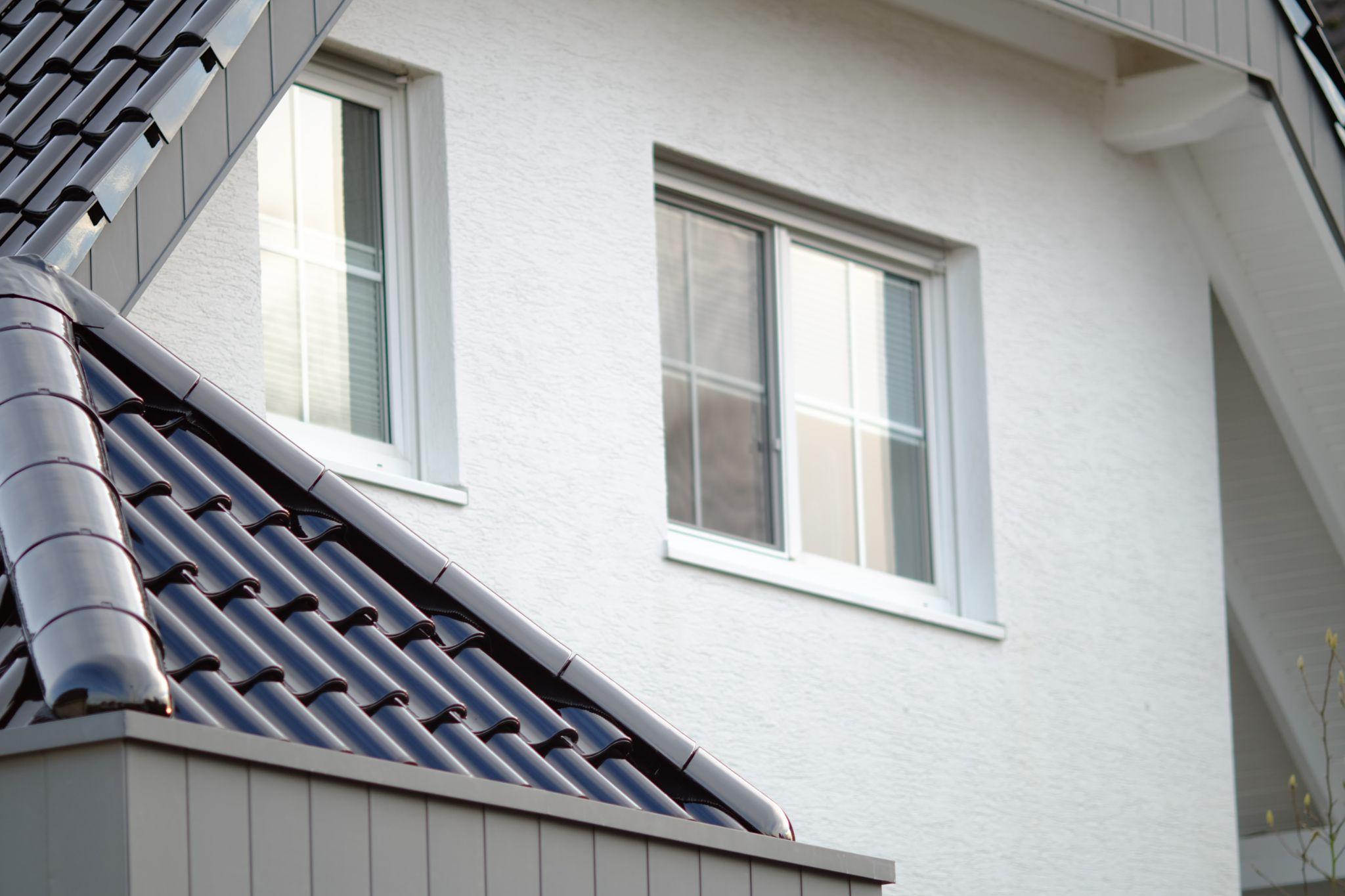- Open Mon-Sat (9AM to 6PM)
- 0406777737
- 7starstint@gmail.com
- 21/43-45 Bonview Circuit Truganina, VIC 3029

When it comes to creating a comfortable and stylish living room, one of the most overlooked design elements is your window tint. The right house window tint doesn’t just elevate your home’s aesthetics—it also enhances privacy, reduces glare, blocks harmful UV rays, and boosts energy efficiency.
But how do you choose the right tint shade? Between varying percentages, finishes, and home tint options, it can feel overwhelming. In this guide, we’ll walk you through everything you need to know—from the technical details of tint percentages to the visual impact of different shades—so you can select the perfect tint that complements your living room and lifestyle.
Your living room is more than just a place to unwind—it’s where you entertain guests, enjoy family time, and relax after a long day. As one of the most used areas of the house, it deserves optimal comfort and design.
Here’s why window tinting is a valuable upgrade:
If you’ve been searching online for window tinting for houses near me, you’re likely already aware of the benefits—now let’s dive into selecting the right shade and style.
When looking at home tint options, you’ll notice shades are defined by a percentage—typically referred to as the Visible Light Transmission (VLT) level. This tells you how much visible light the film lets through.
Here’s a breakdown of common VLT percentages:
Tint Percentage (VLT) | Light Blocked | Best For |
70% – 80% | 20% – 30% | Mild glare protection, minimal aesthetic change |
50% – 60% | 40% – 50% | Balanced privacy and light, suitable for bright rooms |
30% – 40% | 60% – 70% | Increased privacy, noticeable tint appearance |
10% – 20% | 80% – 90% | Maximum glare control and privacy, darker appearance |
5% (limo tint) | 95% | Not typically recommended for homes due to darkness |
Tip: For living rooms, most homeowners choose a 35% to 50% tint, which strikes a great balance between light, comfort, and privacy.
Not all tints are created equal. Depending on your desired look and function, you can choose from several finishes. Each brings a unique style and level of protection.
If you’re unsure which finish suits your needs, you can browse premium home tint options offered by professional tinting companies like 7 Stars Tint. They provide expert guidance based on your room orientation, decor, and comfort preferences.
Before making your final decision, review before-and-after examples to visualise how different shades look in real homes. You can view these kinds of transformations in the testimonial section on 7 Stars Tint’s website.
Living rooms often face the street or a neighbour’s window, making window privacy films a popular solution. These films obscure the interior view during the day while still allowing you to enjoy the outdoors.
Types of privacy-focused films include:
For added night-time privacy, consider pairing tints with sheer curtains or layered drapes. The key is creating a solution that protects your peace without disrupting your interior design.
Australia’s climate can be intense, and your windows are one of the primary entry points for heat. A professionally installed house window tint can reduce heat gain by up to 60%, meaning your living room stays cooler in summer and warmer in winter.
That translates to:
To maximise these benefits, it’s important to choose high-performance tint materials. If you’re planning to tint a home window or multiple living room windows, it’s wise to consult professionals who understand local conditions and design preferences.
While DIY tint kits are available, the quality, durability, and finish are often inferior to professional installations. For a seamless, bubble-free look that lasts for years, it’s best to trust experts.
7 Stars Tint offers expert window tinting services across Australia, helping homeowners achieve a stylish and effective finish with long-term durability.
Choosing the right tint shade involves several considerations:
Determine how much natural light your living room receives throughout the day. Bright rooms may benefit from a slightly darker tint.
Is your living room street-facing or overlooked by neighbours? Consider mirrored or frosted finishes for added privacy.
Match the tint finish and shade to your room’s aesthetic, whether it’s contemporary, traditional, or eclectic.
If temperature control and energy savings are your priorities, invest in ceramic or carbon tints with superior insulation.
Speak with experienced installers like 7 Stars Tint to receive tailored recommendations for your home.
Whether you’re updating your living space for style, comfort, or energy efficiency, house window tinting is a smart and elegant upgrade. With a variety of shades, finishes, and privacy options available, it’s easy to find a solution that complements your lifestyle and design vision.
Not sure where to begin? Reach out to the experts at 7 Stars Tint for a personalised consultation and flawless installation.
For bright rooms, a 35% to 50% tint is ideal. It allows plenty of light while reducing glare and improving comfort.
Not necessarily. Modern films—especially ceramic and carbon—allow natural light in while blocking heat and UV rays. You can maintain brightness with a lighter tint.
Most films last 10–20 years with professional installation. They can be removed or replaced if your style or needs change.
Installation usually takes 1–3 hours, depending on the number and size of windows.
Absolutely. Tints and curtains work together to provide optimal light control, privacy, and style.
Made Simple. Made Clear.